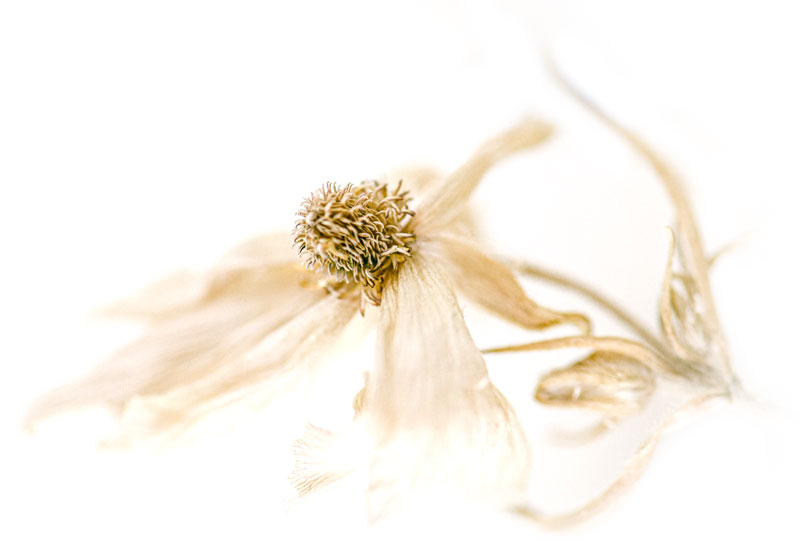
Around 1794, in Karstadt Village, during a scabies epidemic Hahnemann studied the cases he was attending and found that the symptoms fluctuated between the Calcarea carbonic and Sulfur medicines, so he had the idea of combining the two medicines with a great successful cure of cases. He also gave instructions on the hygiene and prophylaxis care of the inhabitants of that place in order to avoid the disease. He later experimented with himself and some of his collaborators on this combination between the two drugs and then the new drug was called Hepar sulphuris calcareum.
So, Hahnemann was the first one to do complex remedy. Complex remedies are combinations of several homeopathic medicines. Such a remedy is therefore not chosen on the basis of the patient’s personality. For example, a mixture of the most common rhinitis remedies may be used to treat rhinitis. The complex remedy acts on the level of the overall symptoms without rebalancing the patient’s energies, one will generally see a short-term improvement in acute conditions. Complexes are a “quick-fix”.
According to Hahnemann the aim of the treatment is to find the ONE suitable remedy for the patient. But complex remedies started to be used even in Hahnemann’s day. Complex remedies came about as the result of long-standing practical experience and contain a variety of individual remedies, which act in the same direction and have proven successful with certain symptoms.
Dorly de Freitas Buchi











